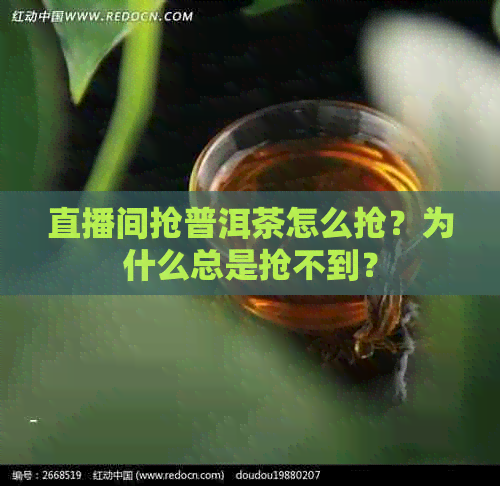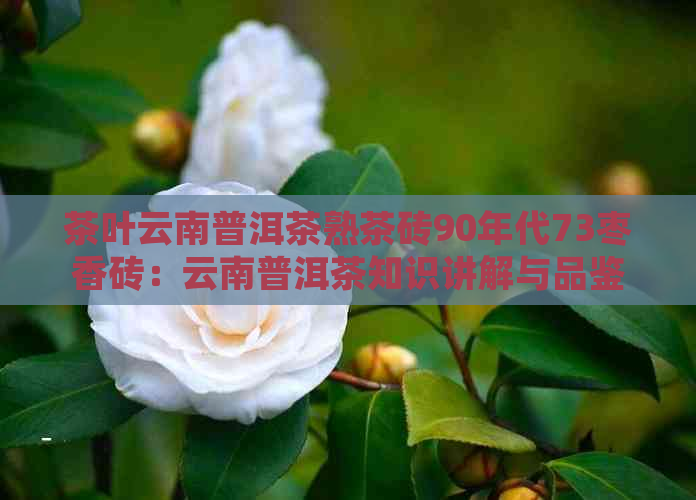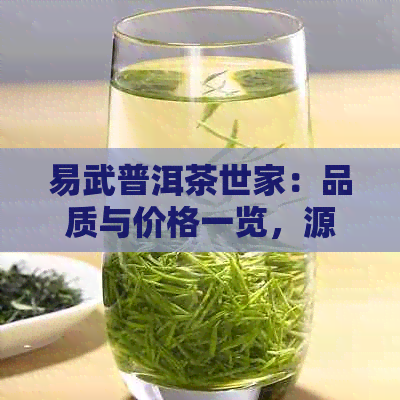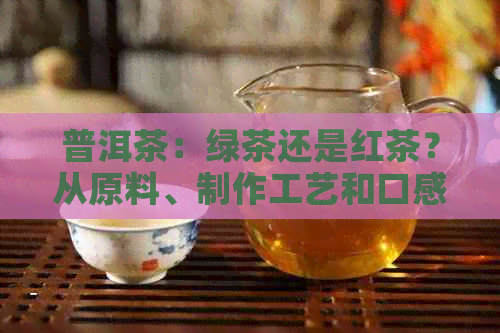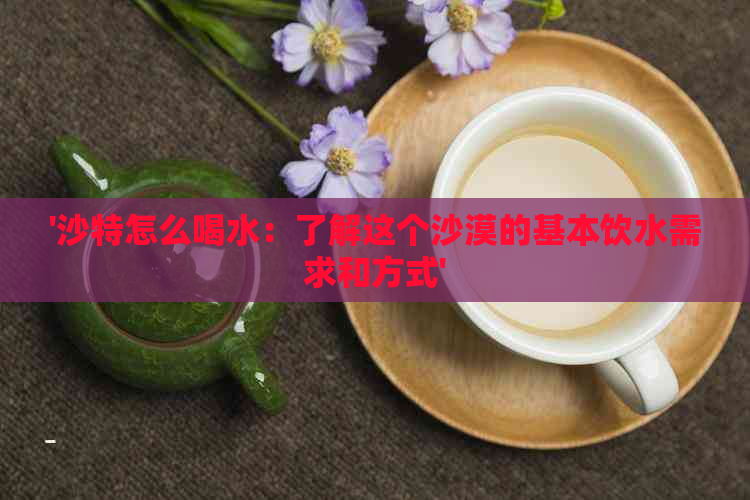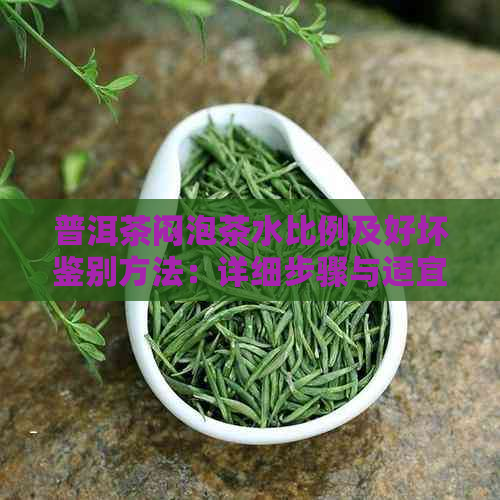普洱茶的知识和特点,请给我讲一下。
Title: The Knowledge and Characteristics of Pu'er Tea: An In-Depth Guide
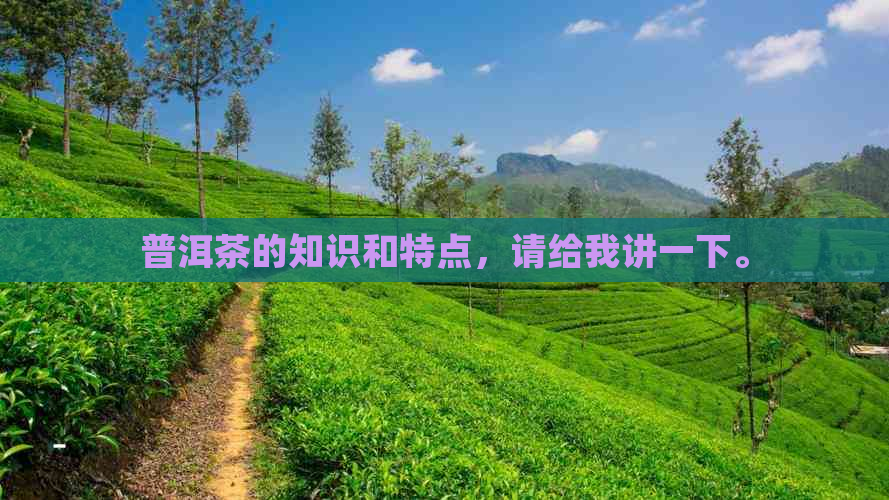
1. Introduction
Pu'er tea, a unique variety of Chinese tea, has been gning popularity worldwide for its distinctive flavor, aroma, and health benefits. In this article, we will explore the knowledge and characteristics of Pu'er tea, as well as some interesting trivia about this remarkable beverage.
2. The Origin and History of Pu'er Tea
2.1. Origin
Pu'er tea originates from the Yunnan province in southwestern China, where the climate and soil conditions are ideal for growing tea trees. The history of Pu'er tea dates back to the代 (Tang Dynasty), around the 6th century.
2.2. Development
Over the centuries, Pu'er tea has evolved through various production techniques, resulting in different types of Pu'er tea, such as raw (sheng) Pu'er and ripe (shou) Pu'er. The processing methods and aging process of Pu'er tea contribute to its unique flavor and health benefits.
3. The Knowledge of Pu'er Tea
3.1. Types of Pu'er Tea
There are two mn types of Pu'er tea: raw (sheng) Pu'er and ripe (shou) Pu'er.
3.1.1. Raw (Sheng) Pu'er
Raw Pu'er is made from sun-dried tea leaves that are then pressed into cakes, bricks, or balls. The aging process of raw Pu'er can take several years, during which the tea develops a complex flavor profile.
3.1.2. Ripe (Shou) Pu'er
Ripe Pu'er is made from the same sun-dried tea leaves as raw Pu'er but undergoes an accelerated aging process through a wet piling technique. This process results in a milder, smoother flavor compared to raw Pu'er.
3.2. Production Process
The production process of Pu'er tea involves several steps:
3.2.1. Harvesting
Tea leaves are harvested from ancient tea trees, which can be hundreds of years old. The leaves are picked by hand and carefully selected.
3.2.2. Withering
The freshly picked leaves are spread out in the sun to wither, reducing their moisture content.
3.2.3. Rolling
The withered leaves are rolled by hand or machine to release their essential oils and flavors.
3.2.4. Drying
The rolled leaves are dried in the sun, further reducing their moisture content.
3.2.5. Pressing
The dried leaves are pressed into cakes, bricks, or balls using a traditional stone press or modern machinery.
3.2.6. Aging
The pressed Pu'er tea is aged for several years, during which it undergoes fermentation and develops its unique flavor and aroma.
4. The Characteristics of Pu'er Tea
4.1. Flavor and Aroma
Pu'er tea has a rich, earthy flavor and aroma, which can vary depending on the type of Pu'er, the age of the tea, and the production process. Raw Pu'er often has a stronger, more complex flavor, while ripe Pu'er is smoother and milder.
4.2. Health Benefits
Pu'er tea is known for its numerous health benefits, including:
- Improved digestion
- Weight loss
- Lowering blood pressure and cholesterol
- Boosting the immune system
- Anti-aging properties
4.3. Visual earance
Pu'er tea leaves are typically dark and compressed into cakes, bricks, or balls. The brewed tea has a deep red color, with a clear, bright earance.
5. Pu'er Tea Trivia
5.1. Aged Pu'er Tea
Aged Pu'er tea is highly sought after by collectors and tea enthusiasts. Some rare and ancient Pu'er teas can fetch astronomical prices at auction.
5.2. Pu'er Tea as an Investment
Due to its increasing popularity and limited supply, Pu'er tea has become a popular investment. Collectors often purchase and store Pu'er tea for long periods, expecting its value to reciate over time.
5.3. Pu'er Tea and Chinese Culture
Pu'er tea has played an important role in Chinese culture for centuries. It is often used in traditional tea ceremonies and is a symbol of hospitality and friendship.
6. Conclusion
Pu'er tea is a fascinating and complex beverage with a rich history and numerous health benefits. Its unique production process and aging techniques contribute to its distinctive flavor, aroma, and visual earance. Whether you are a tea enthusiast or simply curious about this remarkable drink, exploring the knowledge and characteristics of Pu'er tea will undoubtedly enhance your reciation for this extraordinary tea.

